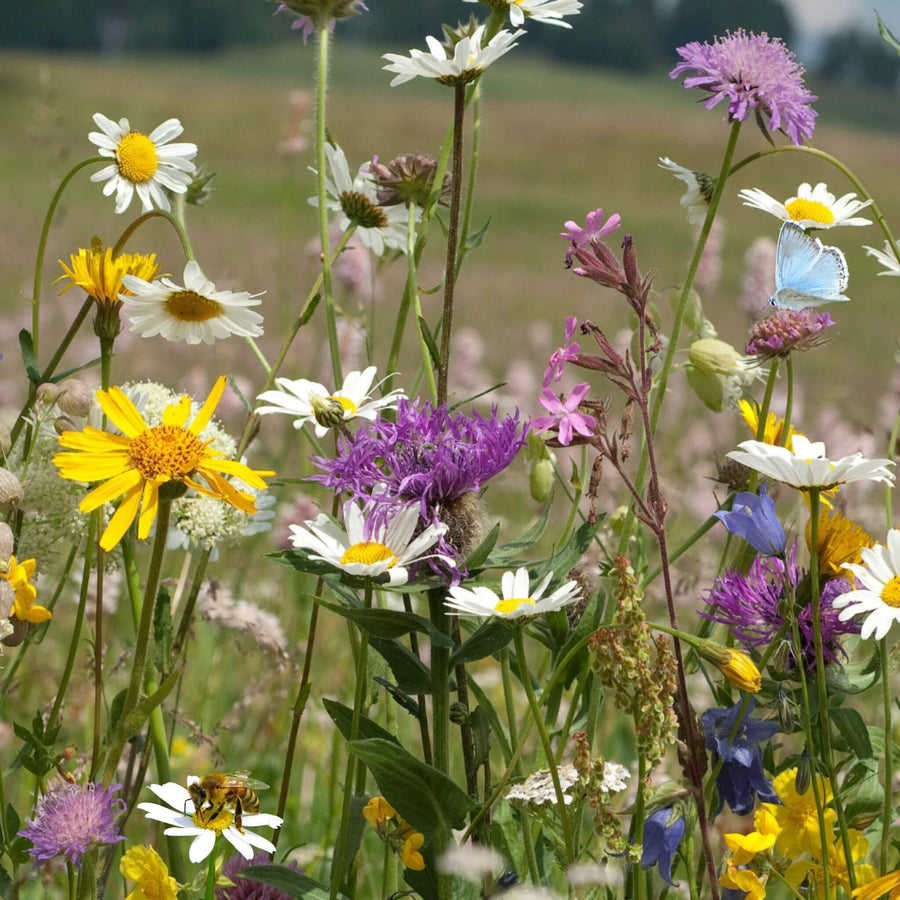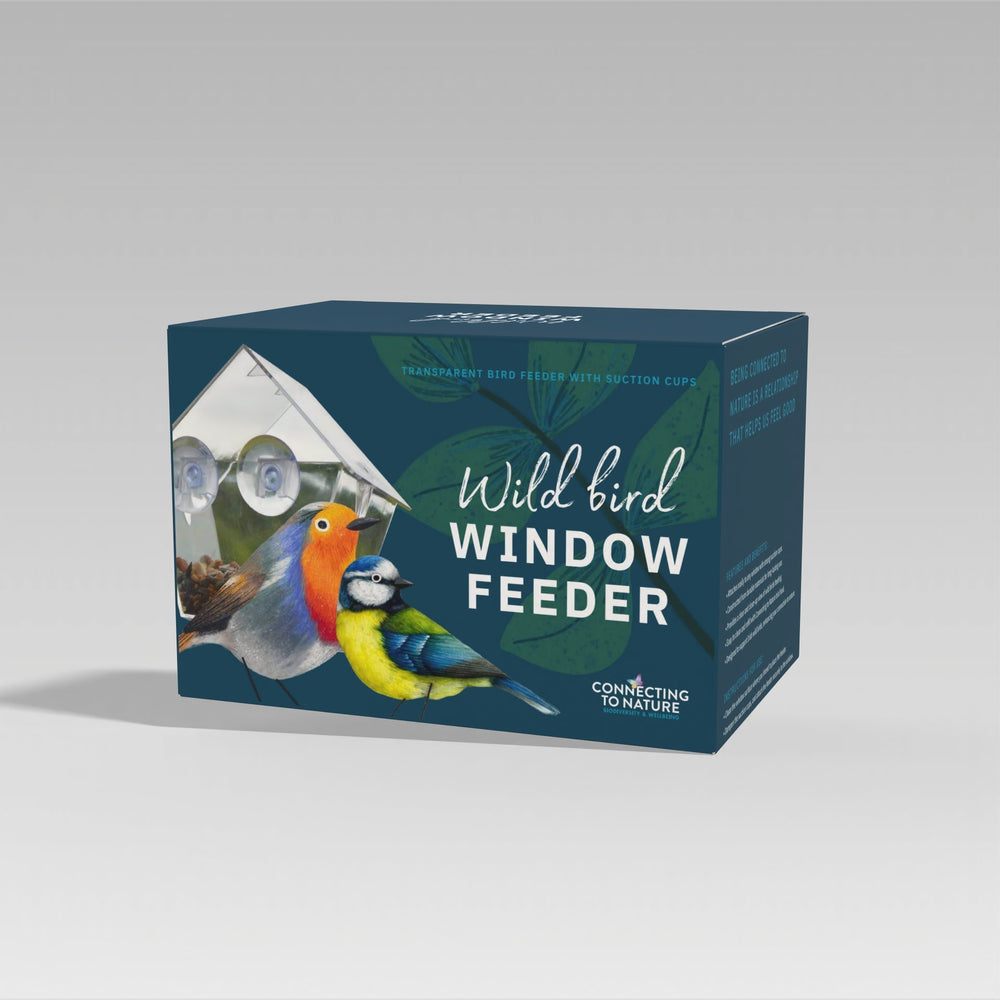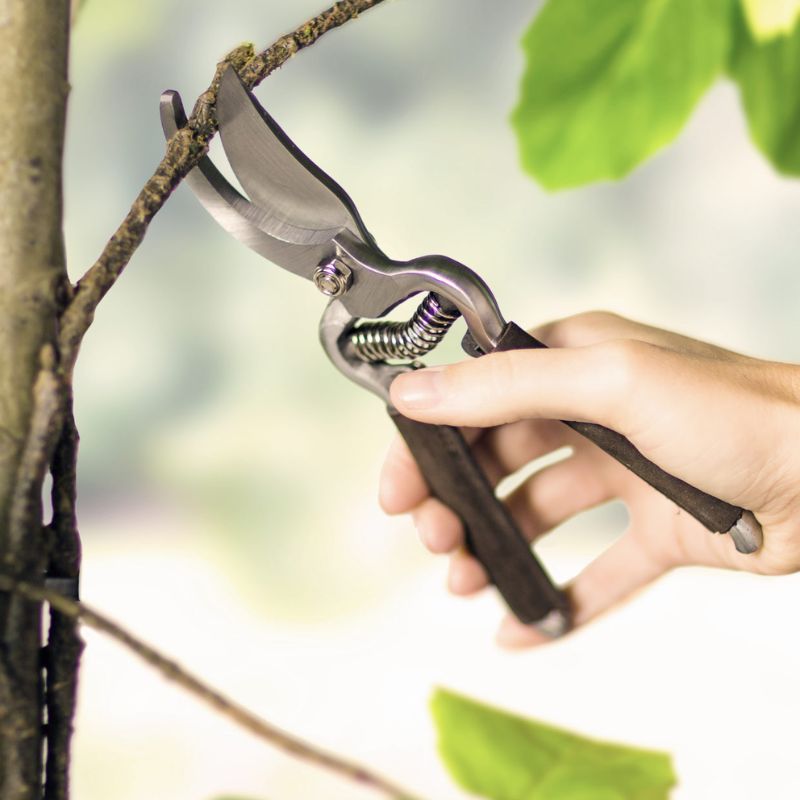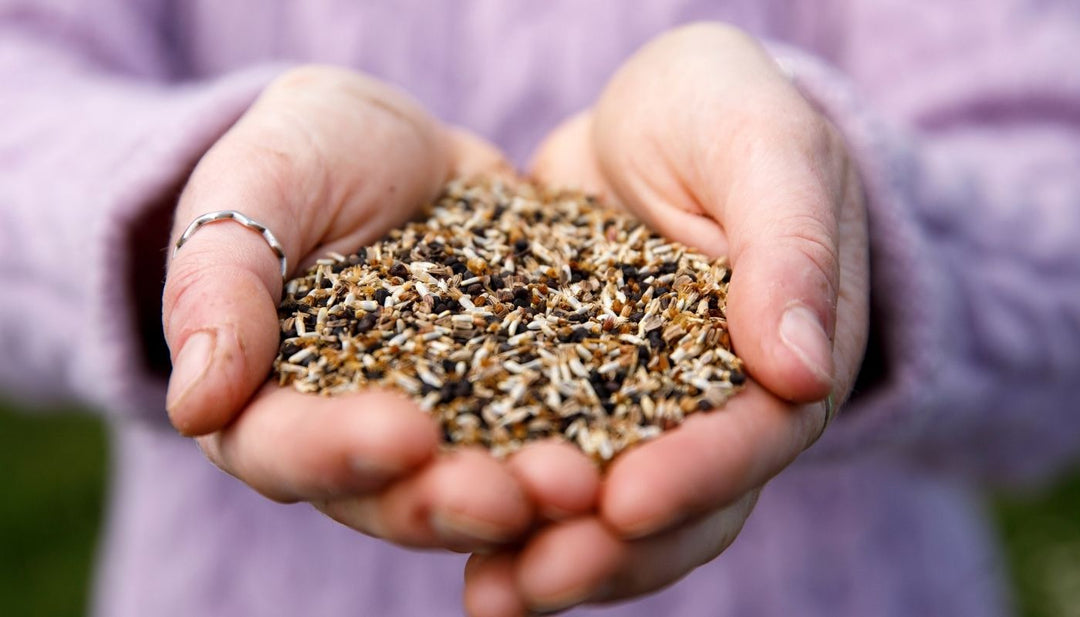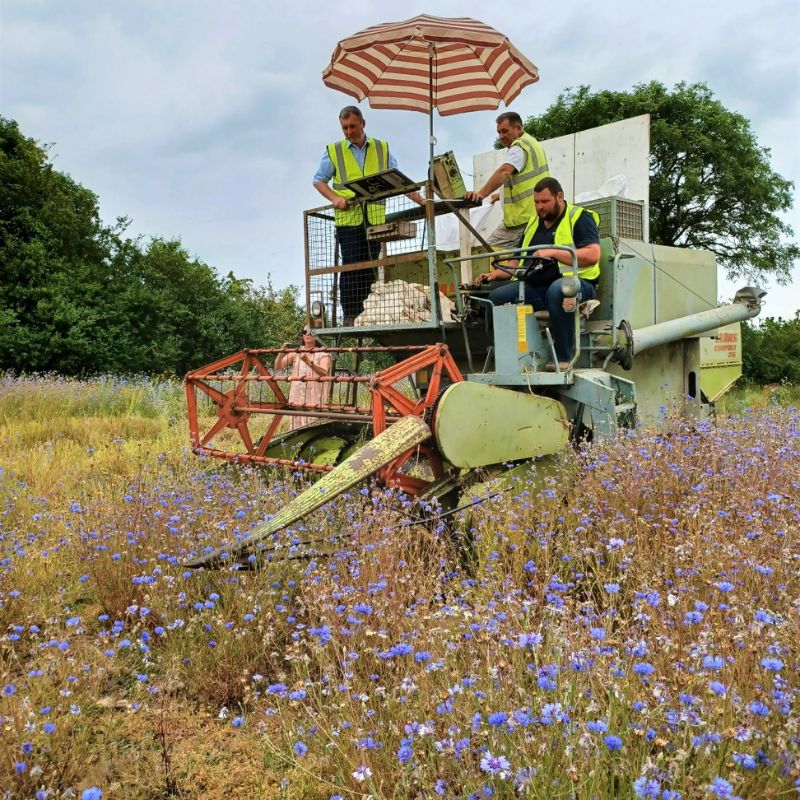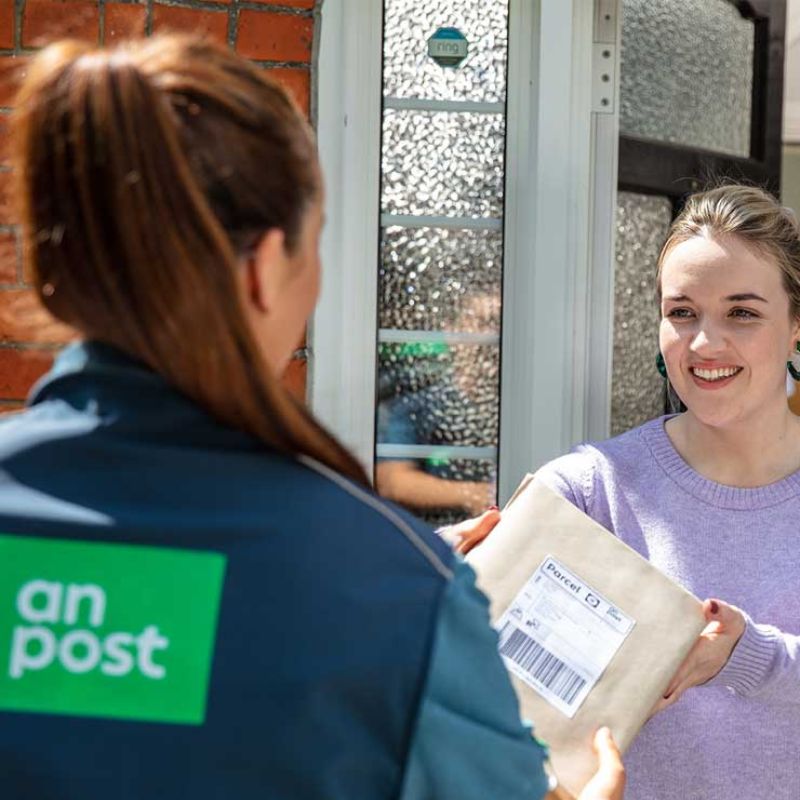How to control grass growth with Yellow Rattle
There's lots of talk about the 'magical' Yellow Rattle as people look to reduce grass amongst their wildflowers.
We've put together a list of answers to questions we are most frequently asked.
What is Yellow Rattle?
Yellow Rattle (Rhinanthus minor) is an annual wildflower, popular amongst those wishing to create a biodiverse, flower-rich meadow.
The secret ability of the Yellow Rattle plant is hinted at by one of its modern nicknames – 'The Meadow Maker'.
How is Yellow Rattle Parasitic?
Yellow Rattle is a ‘hemiparasite’, meaning it is a parasite on grass. It does not kill the grass but weakens and limits grass growth and therefore commonly used as a natural tool to control grass growth amongst wildflowers.
As it grows, Yellow Rattle seeks out the roots of grass species close by and attaches itself to them diverting water and nutrients from the host grass into the Yellow Rattle itself. This allows other wildflowers nearby the chance to germinate and grow with the lessened competition of grass species.
Where does Yellow Rattle grow? Yellow Rattle grows in grassland and meadows as it requires a host (grass) to germinate.
How to use and grow Yellow Rattle?
When to seed Yellow Rattle? Yellow rattle must be sown in between September and the end of November as it needs at least 4 months of cold ground temperatures before it will germinate, this is called vernalisation.
How much Yellow Rattle seed do I need? Sow at a rate of 0.5g - 1.5g per square meter.
Preparing the soil for sowing Yellow Rattle: Cut the grass back to 3-6cm in height, removing any grass and thatch. Use a rake to expose bare earth, creating space for the yellow rattle to establish.
How to sow Yellow Rattle? Drop pinches of the seed onto the exposed earth throughout the meadow and press into the soil.
When does Yellow Rattle appear? When will it flower? Yellow Rattle will start to germinate in early Spring when the weather starts to get milder. By late March, the plants will start to grow and produce flowers by July.
Maintenance
Spring: If there has been significant grass growth over the winter, cut the grass back in early March, careful not to cut the Yellow Rattle. Remove the cuttings to allow establishing plants better access to light.
Autumn: Once the Yellow Rattle has set seed in autumn, and other wildflowers have finished flowering, cut the meadow back to a height of 7cm, and again remove all cuttings so not to smother out new plants. Removing the cuttings will also help to keep soil fertility low.
Part of the enjoyment of a wildflower meadow is watching how it changes over time. Flower abundance will change in the meadow as they colonise their new habitat. Eventually, distinct plant communities will appear that differ in some areas of the meadow compared to others.
Yellow Rattle is no different. Its population will fluctuate over time until an equilibrium is found. Likewise, you will find that its location within the meadow will move year on year, reflecting the balance of host plants in the area.
How to identify Yellow Rattle, what does Yellow Rattle look like?
Yellow Rattle is a short plant, growing up to 45cm in height. it has bright golden flowers atop the short stem. After the flowers are pollinated, they shrivel up, leaving a brown seed pod with loose seeds inside.
It is the sound of these seeds shaking inside the pods which gives Yellow Rattle its name.
Where to buy Yellow Rattle seeds in Ireland?
Order your Yellow Rattle Seed Now.
Latin Name: Rhinanthus
Common Name: Yellow Rattle
Nickname: Meadow Maker or Nature's Lawnmower


